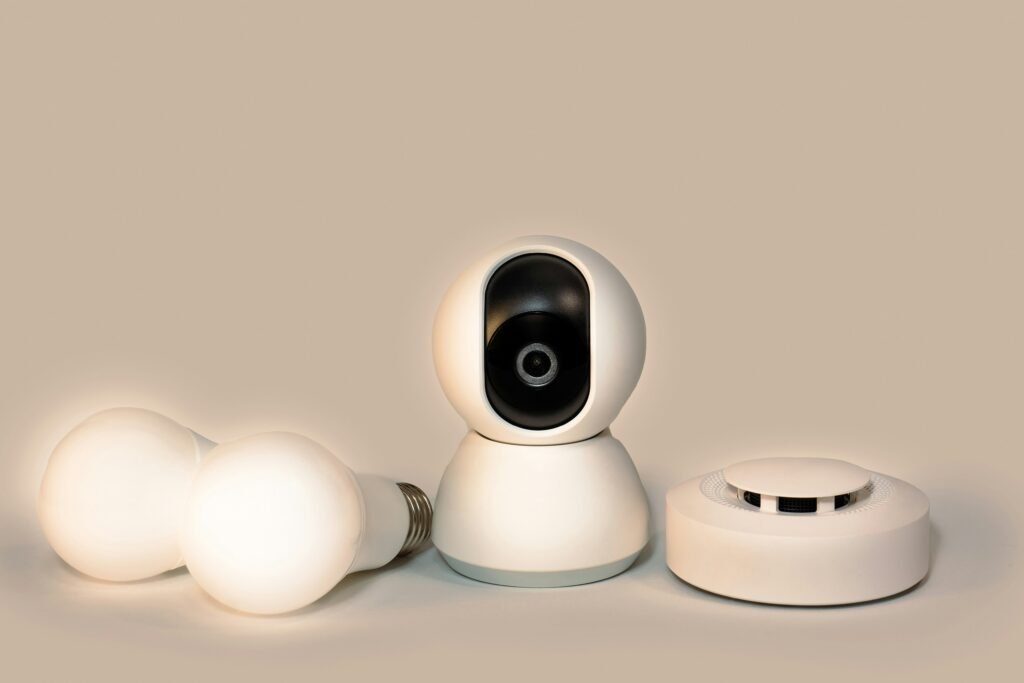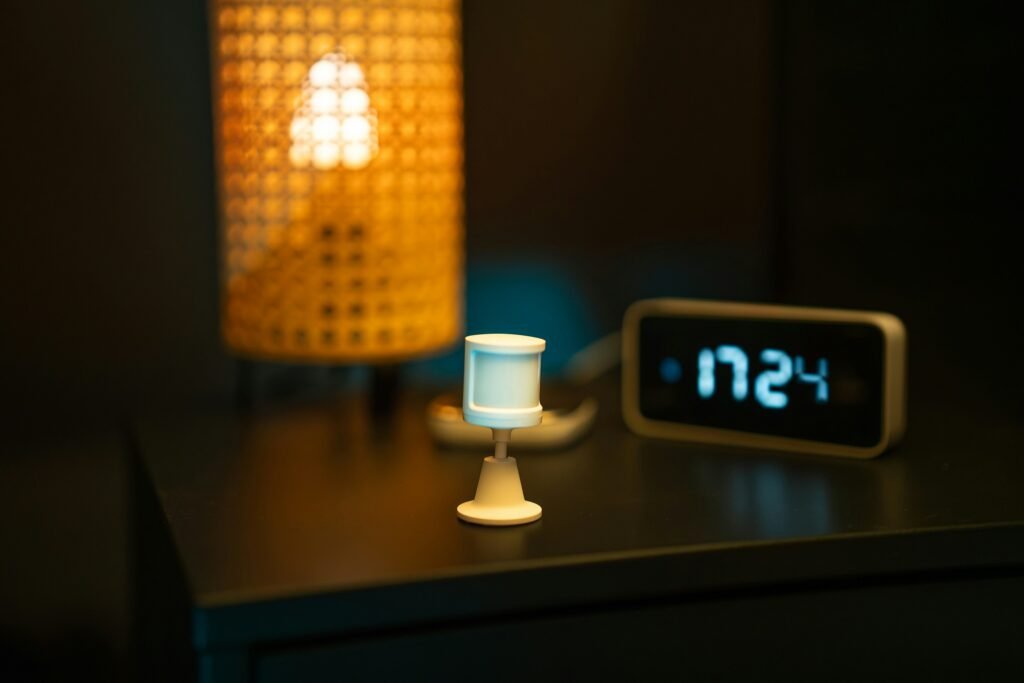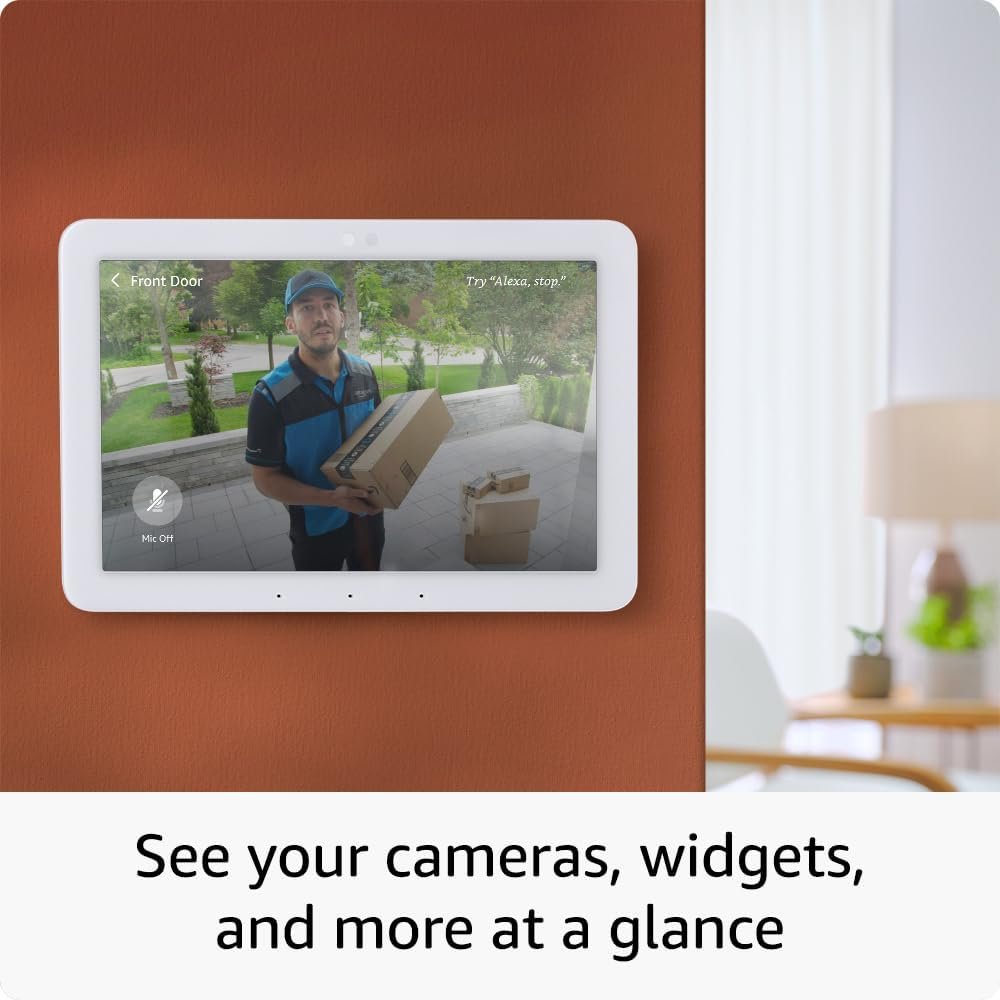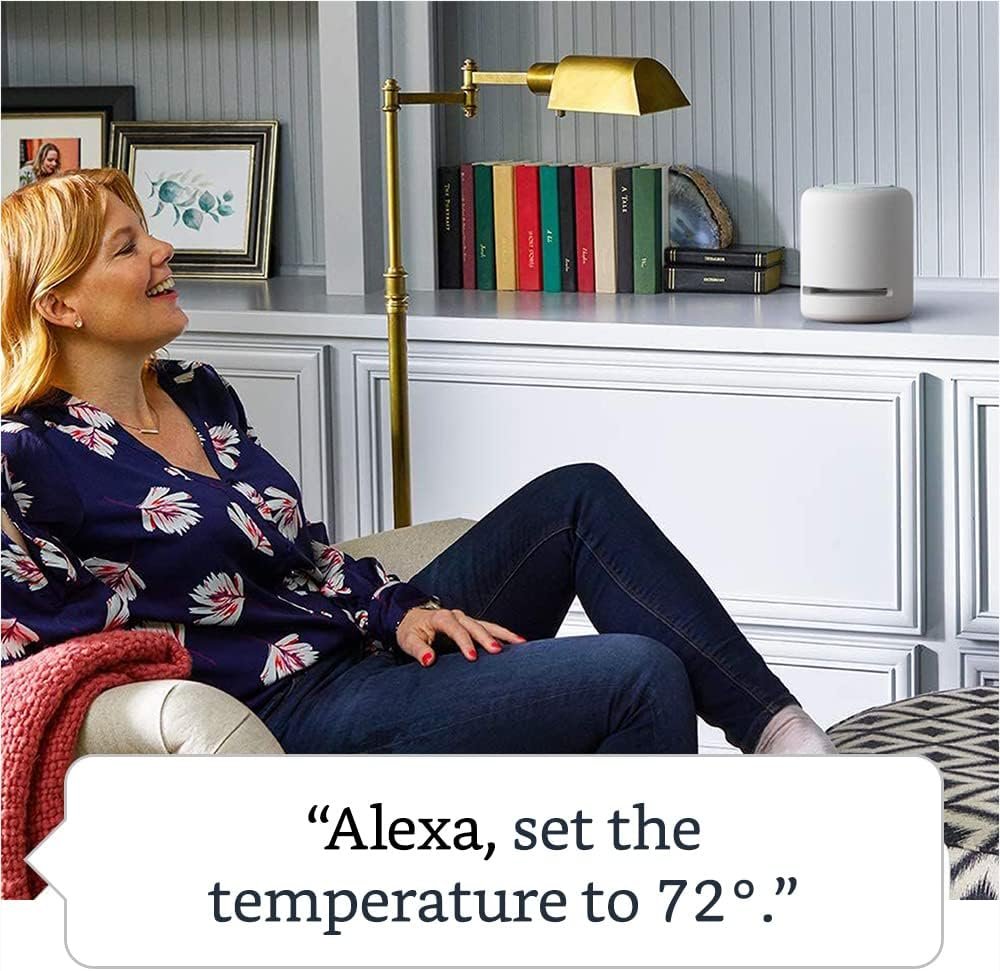Have you ever wondered about the risks associated with smart homes? As technology progresses at an astonishing rate, our homes are becoming more integrated with smart devices and systems designed to make our lives easier. From smart thermostats that learn our heating preferences to security cameras that allow us to monitor our home remotely, the allure of smart technology is undeniable. However, with these advancements come certain risks that can’t be overlooked.
In this article, I’ll delve into the various risks involved in adopting smart home technology. We’ll explore a range of issues, from security vulnerabilities to privacy concerns, and consider how these risks could impact our daily lives. By the end of our discussion, you should have a clearer understanding of what to be wary of as you transform your residence into a smart haven.

Understanding Smart Homes
Before diving into the risks, it’s essential to understand what a smart home entails. A smart home is a residence equipped with various devices interconnected via the internet, allowing homeowners to control systems remotely. These devices can include voice assistants, automated lights, smart refrigerators, and more, providing convenience and efficiency.
Components of a Smart Home
Smart homes typically consist of several components:
- Smart Speakers & Voice Assistants: Devices like Amazon Echo or Google Home allow voice commands to control other smart devices.
- Smart Security Systems: Cameras, locks, and alarms that can be monitored and operated remotely.
- Smart Appliances: Refrigerators, ovens, and washers connected to the internet for improved functionality.
- Environmental Controls: Smart thermostats and lighting systems to manage energy usage more efficiently.
By understanding these components, you can see the multiple entry points that could be vulnerable to threats.
Security Risks of Smart Homes
As convenient as smart homes are, they open up several security risks. Since these devices are connected to the internet, they can be susceptible to hacking and unauthorized access. Knowing these risks can help you take steps to protect your home.
Hackers and Unauthorized Access
One of the critical risks associated with smart homes is the potential for hacking. These devices can be targets for hackers who seek to gain unauthorized access to personal information or even control over the device itself. This possibility presents a severe security threat, especially when considering devices like security cameras or smart locks, where the stakes are higher.
- Potential Access Points: Smart home devices can serve as easy entry points for cybercriminals. Once they gain access to one device, they can potentially control other connected devices.
- Impact on Security Systems: A compromised security system could allow unauthorized access to your home, nullifying any safety benefits of having such systems in place.
Data Breaches
Smart devices typically collect vast amounts of data, including personal and usage information. This data can be vulnerable to breaches, leading to the loss of sensitive information.
- What Data is Collected: Many devices gather data to enhance user experience, such as usage patterns, voice recordings, or even personal preferences.
- Consequences of Breaches: In the event of a data breach, personal information can be exposed, leading to privacy invasion or identity theft.
Malware and Ransomware
As smart devices are vulnerable to hacking, they can also be targets for malware or ransomware attacks. Such attacks can disrupt the functionality of smart devices or even render them useless until a ransom is paid.
- Types of Malware: Various malware types can affect smart home devices, from viruses to spyware.
- Impact: Malware can lead to malfunctioning devices, exposure of personal information, or financial loss.

Privacy Concerns in Smart Homes
Beyond security issues, smart homes raise significant privacy concerns. As devices continuously collect data, privacy becomes a critical topic of discussion.
Continuous Monitoring and Surveillance
Smart devices are often equipped with sensors and cameras, constantly monitoring the home environment. While these features can enhance security, they also imply continuous surveillance.
- Impact on Privacy: Continuous data collection can lead to concerns over who has access to this information and how it’s used.
- Voice Assistants: Devices like Amazon Alexa and Google Home are always listening, raising privacy concerns over recorded conversations.
Data Sharing with Third Parties
Many smart devices share collected data with third parties, such as manufacturers or service providers. Understanding how your data is used helps assess and mitigate privacy risks.
- Terms and Conditions: Often, the fine print in terms and services agreements outlines data-sharing practices, which many users may overlook.
- Control Over Data: Users often have limited say over how their data is shared or who it is shared with, leading to potential misuse or unauthorized distribution.
Reliability and Functionality Issues
With the increased dependence on smart technology, functionality and reliability become paramount. Unfortunately, smart home systems can sometimes fail, causing inconvenience.
Device Malfunction
Smart devices are prone to malfunctions, just like any electronic device. When these devices control parts of your home, malfunctions can lead to significant issues.
- Impact of Malfunctions: Imagine being locked out of your house due to a malfunctioning smart lock or having your heating system turn off unexpectedly in winter.
- Causes of Malfunctions: Software bugs, connectivity issues, or hardware failures can cause devices to malfunction.
Connectivity Issues
Another challenge of smart home devices is connectivity. Since these devices rely on internet connections, network issues can disrupt their functionality.
- Dependency on Internet: Most smart home devices require a reliable internet connection, and any disruption can lead to inefficiencies.
- Network Overload: A large number of connected devices can strain the network, causing lag or device disconnections.

Cost Implications
The cost of setting up and maintaining a smart home can be another consideration for homeowners evaluating the switch to smart technology.
Initial Setup Costs
Integrating smart technology into a home can be expensive, with each device adding to the overall cost.
- Device Costs: Smart gadgets often come with a higher price tag compared to their traditional counterparts.
- Infrastructure: Costs may also include necessary network upgrades to support smart devices effectively.
Maintenance and Replacement Costs
Ongoing maintenance and the potential need for frequent upgrades can also add to the cost burden.
- Firmware Updates: Regular updates may be required to keep devices secure, some of which may entail additional costs.
- Lifespan and Replacement: Smart devices may have shorter lifespans due to rapid technological advancement, necessitating replacements.
Ethical Considerations
With the rise of smart home technology come ethical considerations. The broader impact of our reliance on smart technology spans environmental concerns and societal effects.
Environmental Impact
The need for constant power and frequent device changes can have environmental consequences.
- Energy Consumption: Smart devices can significantly increase home energy use, impacting your utility bills and environmental footprint.
- E-waste: As devices become obsolete, they contribute to electronic waste, posing environmental challenges.
Social Implications
Smart home technology may also contribute to widening social inequalities, with access potentially limited to more affluent individuals.
- Digital Divide: Not everyone can afford the upfront and ongoing costs of smart technology, exacerbating social disparities.
- Privacy Versus Convenience: There’s a persistent ethical debate over the balance between privacy loss and the convenience offered by smart technology.
How to Mitigate Risks
While the risks of smart homes are considerable, there are strategies to mitigate them. By taking proactive steps, you can enjoy the benefits of smart technology without compromising security or privacy.
Security Measures
Implementing robust security measures is crucial for protecting your smart home.
- Strong Passwords: Use unique, strong passwords for each device and change them regularly.
- Regular Updates: Keep all devices updated with the latest firmware to patch any vulnerabilities.
- Network Security: Use a secure, encrypted Wi-Fi network and consider devices like firewalls for added protection.
Privacy Protections
To safeguard privacy, consider the following:
- Device Settings: Adjust device settings to limit data sharing and disable unnecessary features like microphones or cameras when not needed.
- Data Review: Regularly review which data is being collected and shared by your devices.
- Awareness: Stay informed about the privacy policies of your devices and service providers.
Regular Monitoring
Stay vigilant by regularly monitoring your smart home ecosystem.
- Audit Your Devices: Periodically check for any unusual device behavior that might indicate a security breach.
- Usage Patterns: Monitor the data your devices collect and adjust or limit as necessary to protect your privacy.
Final Thoughts
The allure of smart homes is undeniable with the promise of convenience, efficiency, and modern living. However, it’s essential to remain informed about the potential risks and implement measures to guard against them. By understanding the vulnerabilities and taking proactive steps, you can create a safer and more secure smart home environment. As smart technology continues to evolve, staying informed and prepared helps ensure that we reap the benefits without falling prey to its pitfalls.



